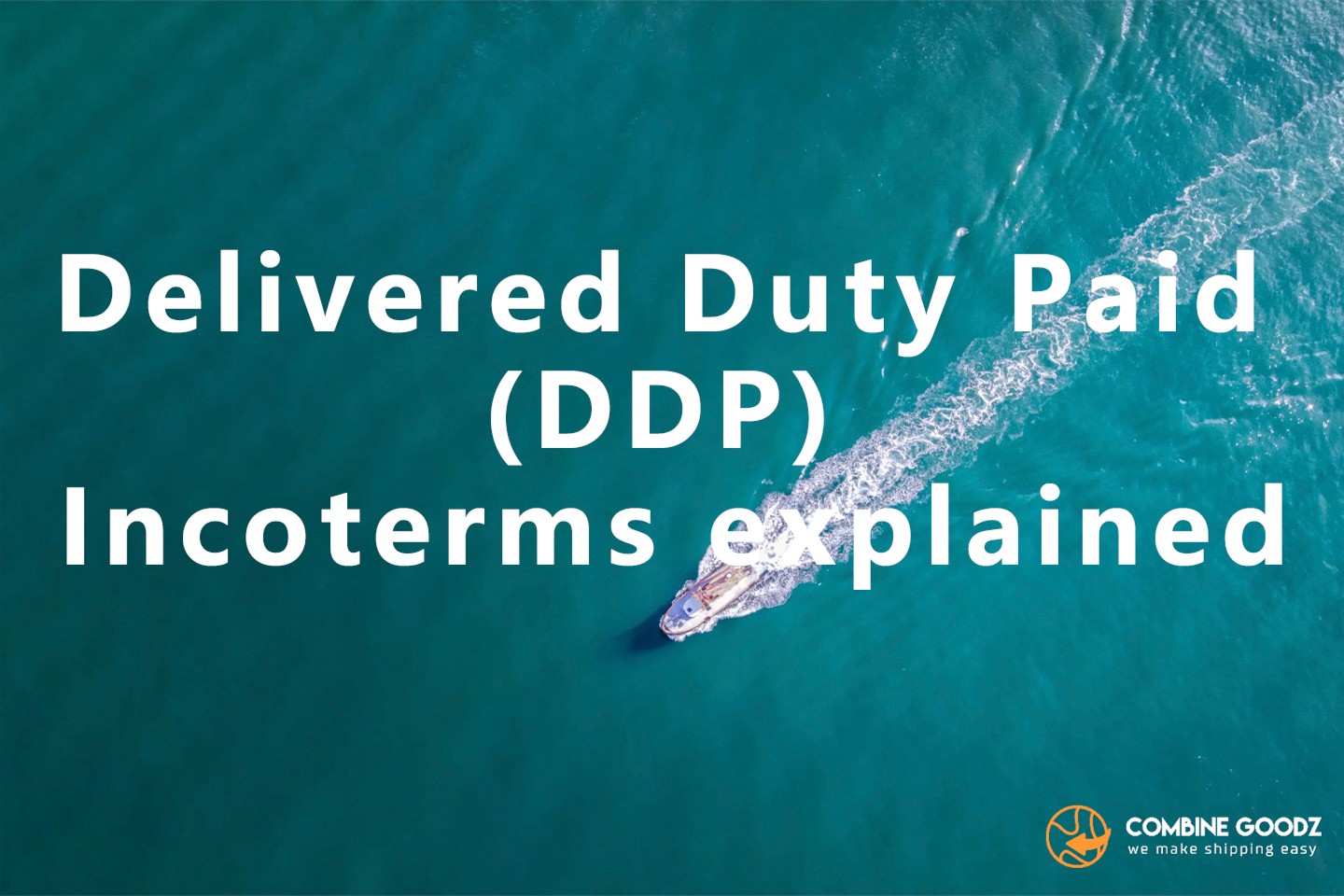
Delivered Duty Paid (DDP) Incoterms is an internationally recognized trade term that defines the responsibilities and risks involved in a goods transaction between the seller and the buyer. Under the DDP term, the seller agrees to cover all costs and risks associated with delivering the goods to the named place of destination, including payment of all export and import duties, taxes, and other charges.
This arrangement means that once the goods are delivered to the buyer, all subsequent risks and expenses become the buyer's responsibility.
The DDP term is typically used in transactions where the seller assumes a greater level of responsibility and risk, as they are obligated to ensure the timely and secure delivery of the goods, as well as cover all associated costs.
The DDP term is commonly used in scenarios such as:
1. When the buyer lacks the ability or willingness to handle import formalities and pay the associated duties and taxes.
2. When the seller offers a comprehensive service, including delivering the goods to the destination and handling all related customs clearance procedures.
3. When the nature and value of the goods justify the seller assuming a greater share of the risk and responsibility.
It's important to note that the application of the DDP term may be influenced by the laws and regulations of different countries and regions. Therefore, it's crucial to carefully consider and negotiate the terms of the contract during the negotiation process.
In summary, Delivered Duty Paid (DDP) Incoterms is an internationally recognized trade term that requires the seller to cover all costs and risks associated with delivering the goods to the named place of destination, including payment of all export and import duties, taxes, and other charges. This term is commonly used in transactions where the seller assumes a greater level of responsibility and risk.
.jpg)
DDP VS DAP: A Comparative Analysis
Introduction:
In the global trade landscape, two common delivery terms frequently encountered are DDP (Delivered Duty Paid) and DAP (Delivered At Place). These terms govern the responsibilities, risks, and costs involved in the delivery of goods from the seller to the buyer across international borders. This article aims to provide a comparative analysis of DDP and DAP, highlighting their key differences and similarities.
Responsibility and Risk Allocation:
DDP (Delivered Duty Paid): Under this term, the seller assumes the full responsibility for delivering the goods to the designated destination specified by the buyer. This includes all risks involved in transportation, handling, insurance, customs clearance, tariffs, import duties, and any other associated costs. The seller ensures that the goods are delivered to the buyer in a safe and secure manner, complying with all relevant import regulations.
DAP (Delivered At Place): In DAP, the seller is responsible for delivering the goods to the designated place specified by the buyer. However, unlike DDP, the seller is not liable for paying tariffs, import duties, or customs clearance fees. Once the goods arrive at the designated location, all subsequent responsibilities and risks are transferred to the buyer.
Cost Implications:
DDP: The seller bears the entire cost associated with the delivery of goods, including transportation, insurance, tariffs, import duties, and customs clearance fees. This can significantly increase the overall cost of the transaction for the seller.
DAP: The seller is only responsible for the cost of delivering the goods to the designated place, including transportation and insurance. The buyer is responsible for paying tariffs, import duties, and any additional costs incurred during customs clearance. This allows the buyer to have more control over the final cost of the transaction.
Flexibility of Delivery Location:
DAP: The buyer has the flexibility to specify the delivery location, which can be their warehouse, factory, or any other designated place. This provides the buyer with greater convenience and control over the logistics of the transaction.
DDP: The delivery location is typically limited to the buyer's market or a specified location within the buyer's country. This limits the buyer's options and may not always align with their operational needs.
.jpg)
Conclusion:
Both DDP and DAP are important delivery terms in international trade, each with its own unique advantages and disadvantages. DDP offers the buyer a seamless delivery experience, but at a potentially higher cost to the seller. On the other hand, DAP provides the buyer with more control over the final cost and delivery location, but requires them to handle customs clearance and additional fees. When deciding between these two terms, both the buyer and seller should carefully consider their specific needs, risk appetite, and cost considerations to make an informed decision.

Delivered Duty Paid (DDP) Incoterms is an internationally recognized trade term that defines the responsibilities and risks involved in a goods transaction between the seller and the buyer. Under the DDP term, the seller agrees to cover all costs and risks associated with delivering the goods to the named place of destination, including payment of all export and import duties, taxes, and other charges.
This arrangement means that once the goods are delivered to the buyer, all subsequent risks and expenses become the buyer's responsibility.
The DDP term is typically used in transactions where the seller assumes a greater level of responsibility and risk, as they are obligated to ensure the timely and secure delivery of the goods, as well as cover all associated costs.
The DDP term is commonly used in scenarios such as:
1. When the buyer lacks the ability or willingness to handle import formalities and pay the associated duties and taxes.
2. When the seller offers a comprehensive service, including delivering the goods to the destination and handling all related customs clearance procedures.
3. When the nature and value of the goods justify the seller assuming a greater share of the risk and responsibility.
It's important to note that the application of the DDP term may be influenced by the laws and regulations of different countries and regions. Therefore, it's crucial to carefully consider and negotiate the terms of the contract during the negotiation process.
In summary, Delivered Duty Paid (DDP) Incoterms is an internationally recognized trade term that requires the seller to cover all costs and risks associated with delivering the goods to the named place of destination, including payment of all export and import duties, taxes, and other charges. This term is commonly used in transactions where the seller assumes a greater level of responsibility and risk.
.jpg)
DDP VS DAP: A Comparative Analysis
Introduction:
In the global trade landscape, two common delivery terms frequently encountered are DDP (Delivered Duty Paid) and DAP (Delivered At Place). These terms govern the responsibilities, risks, and costs involved in the delivery of goods from the seller to the buyer across international borders. This article aims to provide a comparative analysis of DDP and DAP, highlighting their key differences and similarities.
Responsibility and Risk Allocation:
DDP (Delivered Duty Paid): Under this term, the seller assumes the full responsibility for delivering the goods to the designated destination specified by the buyer. This includes all risks involved in transportation, handling, insurance, customs clearance, tariffs, import duties, and any other associated costs. The seller ensures that the goods are delivered to the buyer in a safe and secure manner, complying with all relevant import regulations.
DAP (Delivered At Place): In DAP, the seller is responsible for delivering the goods to the designated place specified by the buyer. However, unlike DDP, the seller is not liable for paying tariffs, import duties, or customs clearance fees. Once the goods arrive at the designated location, all subsequent responsibilities and risks are transferred to the buyer.
Cost Implications:
DDP: The seller bears the entire cost associated with the delivery of goods, including transportation, insurance, tariffs, import duties, and customs clearance fees. This can significantly increase the overall cost of the transaction for the seller.
DAP: The seller is only responsible for the cost of delivering the goods to the designated place, including transportation and insurance. The buyer is responsible for paying tariffs, import duties, and any additional costs incurred during customs clearance. This allows the buyer to have more control over the final cost of the transaction.
Flexibility of Delivery Location:
DAP: The buyer has the flexibility to specify the delivery location, which can be their warehouse, factory, or any other designated place. This provides the buyer with greater convenience and control over the logistics of the transaction.
DDP: The delivery location is typically limited to the buyer's market or a specified location within the buyer's country. This limits the buyer's options and may not always align with their operational needs.
.jpg)
Conclusion:
Both DDP and DAP are important delivery terms in international trade, each with its own unique advantages and disadvantages. DDP offers the buyer a seamless delivery experience, but at a potentially higher cost to the seller. On the other hand, DAP provides the buyer with more control over the final cost and delivery location, but requires them to handle customs clearance and additional fees. When deciding between these two terms, both the buyer and seller should carefully consider their specific needs, risk appetite, and cost considerations to make an informed decision.
Popular Articles
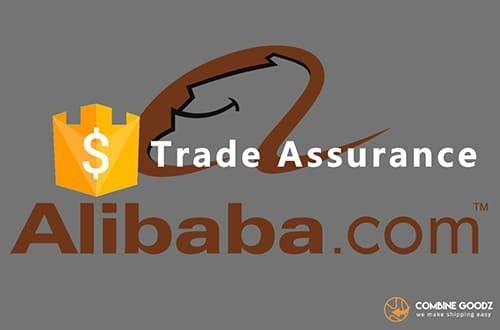
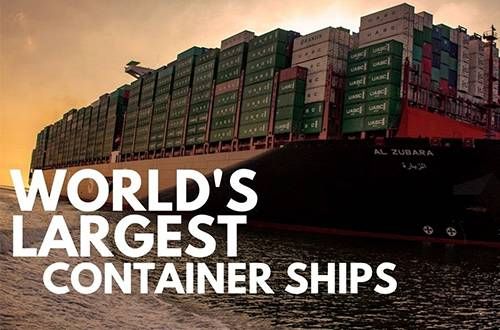
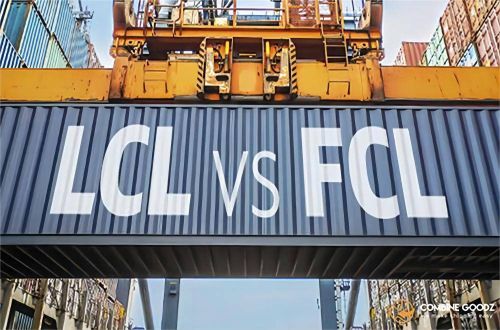
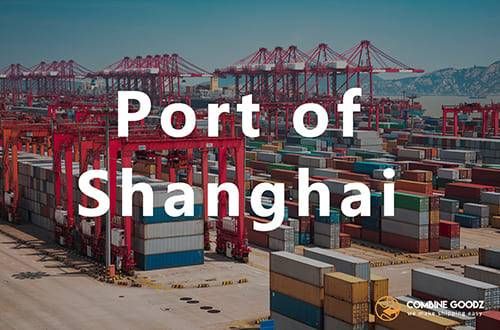
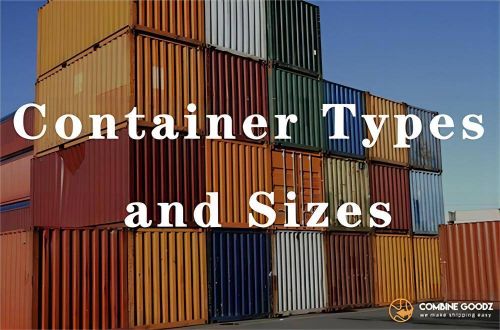
Categories
Share
The latest blogs and insights on what is happening in international transport and logistics.